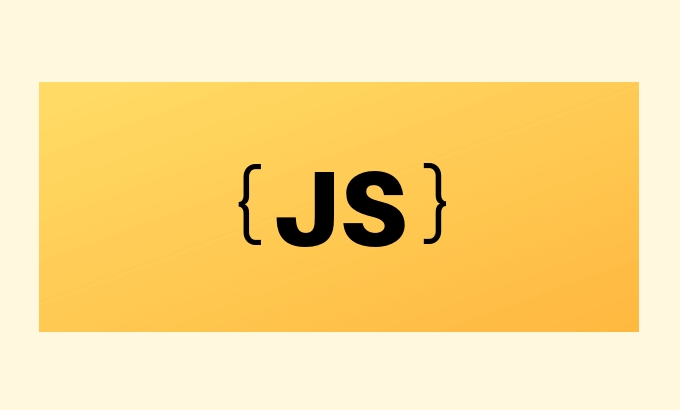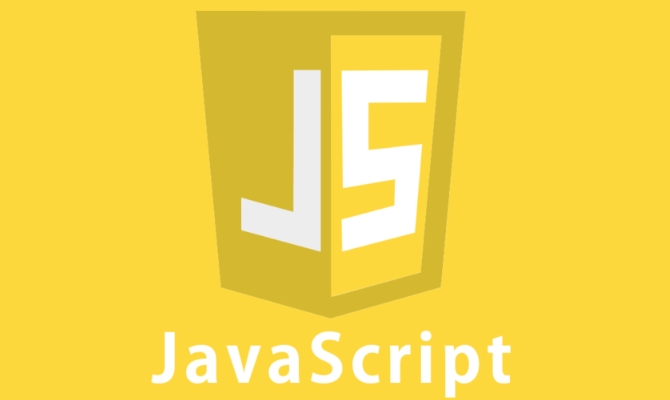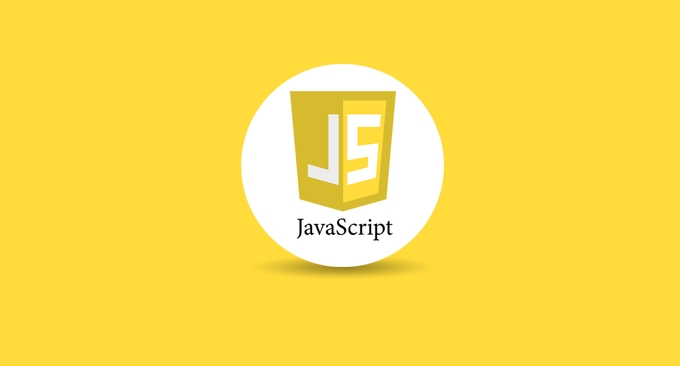Performing Background Tasks with Javascript Web Workers
Jul 09, 2025 am 02:21 AMJavaScript Web Workers are key technologies to improve web page performance and prevent interface lag. It avoids blocking the main thread by creating background threads to perform complex computing tasks, such as data processing, image operations, and encryption and decryption, and thus keeps the page responsive to user interaction. The steps to using Web Workers include: 1. Write a Worker script file; 2. Load the script through new Worker() in the main thread. The communication method is: send messages through postMessage(), and onmessage receives messages, but the transmitted data will be serialized and cannot contain functions or special types. Optimization suggestions include: reuse Worker instances, avoid handling small tasks, pay attention to data transfer performance, and simplify the call process in large projects with Comlink.

JavaScript Web Workers is one of the key tools to solve page stuttering and improve user experience. If your web page needs to perform a large number of computational tasks, such as data processing, image operations or real-time algorithm operations, running these codes directly on the main thread will cause the interface to freeze and users cannot interact. Web Workers provides a multi-threading mechanism that allows you to "thrown" time-consuming tasks into the background for processing.

What are JavaScript Web Workers?
Simply put, Web Worker is a standalone thread running in the browser background. It communicates through messages with the main thread and does not interfere with each other. This means that you can execute complex logic in Worker without affecting page rendering or responding to user actions.

It should be noted that Worker does not have permission to access the DOM and cannot operate any elements on the page. Its original design is to handle pure computing tasks.
Common usage scenarios include:

- Large amounts of data sorting or filtering
- Image pixel processing (such as filters)
- Encryption and decryption operation
- AI computing in the game
How to create a Web Worker?
Creating a Worker is very simple, with only two steps: Write a separate JS file as the Worker script, and then load it in the main script.
Start Worker in the main thread
const worker = new Worker('worker.js');
Listening to messages in worker.js
onmessage = function(e) {
console.log('Data received:', e.data);
// Perform complex calculation const result = heavyComputation(e.data);
postMessage(result);
} Send messages between the main thread and the Worker through postMessage() and receive messages using onmessage . Communication between them is replication rather than sharing, so pay attention to performance when passing big data.
How to communicate with Worker?
The communication method is simple, but there are several details that are easy to ignore:
- The transmitted data will be serialized, so it cannot contain special types such as functions and undefined.
- If the object is passed, the Worker receives a copy, not a reference
-
Transferable Objectscan be used to improve the efficiency of large-block data transmission, such asArrayBuffer
For example, you want Worker to do a Fibonacci sequence calculation:
The main thread sends:
worker.postMessage(40);
Worker receives and returns the result:
onmessage = function(e) {
const n = e.data;
function fib(n) {
return n <= 1 ? n : fib(n - 1) fib(n - 2);
}
postMessage(fib(n));
}The main thread listens for the returned message:
worker.onmessage = function(e) {
console.log('Computation result:', e.data);
}This completes a complete asynchronous calculation task.
Some notes and optimization suggestions
While Web Workers are powerful, there are some limitations and best practices:
- Don't create and destroy Workers frequently, you can reuse one instance to handle multiple tasks
- Worker itself does not support DOM operations, nor does it support certain browser APIs (such as
windowanddocument) - If the project uses module packaging tools (such as Webpack), it may be necessary to specifically configure how the Worker file is loaded
- For small tasks, the overhead of opening Worker may be higher than direct execution, and it should be evaluated reasonably
If the project is large, you can also consider using libraries like Comlink to simplify the use of Worker, making calling Worker functions as convenient as calling ordinary functions.
Basically that's it. Web Workers are not complicated, but they are easily overlooked in actual development, especially in modern web applications that pursue high performance and smooth experience.
The above is the detailed content of Performing Background Tasks with Javascript Web Workers. For more information, please follow other related articles on the PHP Chinese website!

Hot AI Tools

Undress AI Tool
Undress images for free

Undresser.AI Undress
AI-powered app for creating realistic nude photos

AI Clothes Remover
Online AI tool for removing clothes from photos.

Clothoff.io
AI clothes remover

Video Face Swap
Swap faces in any video effortlessly with our completely free AI face swap tool!

Hot Article

Hot Tools

Notepad++7.3.1
Easy-to-use and free code editor

SublimeText3 Chinese version
Chinese version, very easy to use

Zend Studio 13.0.1
Powerful PHP integrated development environment

Dreamweaver CS6
Visual web development tools

SublimeText3 Mac version
God-level code editing software (SublimeText3)

Hot Topics
 JavaScript vs. Java: Which Language Should You Learn?
Jun 10, 2025 am 12:05 AM
JavaScript vs. Java: Which Language Should You Learn?
Jun 10, 2025 am 12:05 AM
JavaScriptisidealforwebdevelopment,whileJavasuitslarge-scaleapplicationsandAndroiddevelopment.1)JavaScriptexcelsincreatinginteractivewebexperiencesandfull-stackdevelopmentwithNode.js.2)Javaisrobustforenterprisesoftwareandbackendsystems,offeringstrong
 Which Comment Symbols to Use in JavaScript: A Clear Explanation
Jun 12, 2025 am 10:27 AM
Which Comment Symbols to Use in JavaScript: A Clear Explanation
Jun 12, 2025 am 10:27 AM
In JavaScript, choosing a single-line comment (//) or a multi-line comment (//) depends on the purpose and project requirements of the comment: 1. Use single-line comments for quick and inline interpretation; 2. Use multi-line comments for detailed documentation; 3. Maintain the consistency of the comment style; 4. Avoid over-annotation; 5. Ensure that the comments are updated synchronously with the code. Choosing the right annotation style can help improve the readability and maintainability of your code.
 The Ultimate Guide to JavaScript Comments: Enhance Code Clarity
Jun 11, 2025 am 12:04 AM
The Ultimate Guide to JavaScript Comments: Enhance Code Clarity
Jun 11, 2025 am 12:04 AM
Yes,JavaScriptcommentsarenecessaryandshouldbeusedeffectively.1)Theyguidedevelopersthroughcodelogicandintent,2)arevitalincomplexprojects,and3)shouldenhanceclaritywithoutclutteringthecode.
 Javascript Comments: short explanation
Jun 19, 2025 am 12:40 AM
Javascript Comments: short explanation
Jun 19, 2025 am 12:40 AM
JavaScriptcommentsareessentialformaintaining,reading,andguidingcodeexecution.1)Single-linecommentsareusedforquickexplanations.2)Multi-linecommentsexplaincomplexlogicorprovidedetaileddocumentation.3)Inlinecommentsclarifyspecificpartsofcode.Bestpractic
 Java vs. JavaScript: Clearing Up the Confusion
Jun 20, 2025 am 12:27 AM
Java vs. JavaScript: Clearing Up the Confusion
Jun 20, 2025 am 12:27 AM
Java and JavaScript are different programming languages, each suitable for different application scenarios. Java is used for large enterprise and mobile application development, while JavaScript is mainly used for web page development.
 Mastering JavaScript Comments: A Comprehensive Guide
Jun 14, 2025 am 12:11 AM
Mastering JavaScript Comments: A Comprehensive Guide
Jun 14, 2025 am 12:11 AM
CommentsarecrucialinJavaScriptformaintainingclarityandfosteringcollaboration.1)Theyhelpindebugging,onboarding,andunderstandingcodeevolution.2)Usesingle-linecommentsforquickexplanationsandmulti-linecommentsfordetaileddescriptions.3)Bestpracticesinclud
 JavaScript Data Types: A Deep Dive
Jun 13, 2025 am 12:10 AM
JavaScript Data Types: A Deep Dive
Jun 13, 2025 am 12:10 AM
JavaScripthasseveralprimitivedatatypes:Number,String,Boolean,Undefined,Null,Symbol,andBigInt,andnon-primitivetypeslikeObjectandArray.Understandingtheseiscrucialforwritingefficient,bug-freecode:1)Numberusesa64-bitformat,leadingtofloating-pointissuesli
 JavaScript: Exploring Data Types for Efficient Coding
Jun 20, 2025 am 12:46 AM
JavaScript: Exploring Data Types for Efficient Coding
Jun 20, 2025 am 12:46 AM
JavaScripthassevenfundamentaldatatypes:number,string,boolean,undefined,null,object,andsymbol.1)Numbersuseadouble-precisionformat,usefulforwidevaluerangesbutbecautiouswithfloating-pointarithmetic.2)Stringsareimmutable,useefficientconcatenationmethodsf






